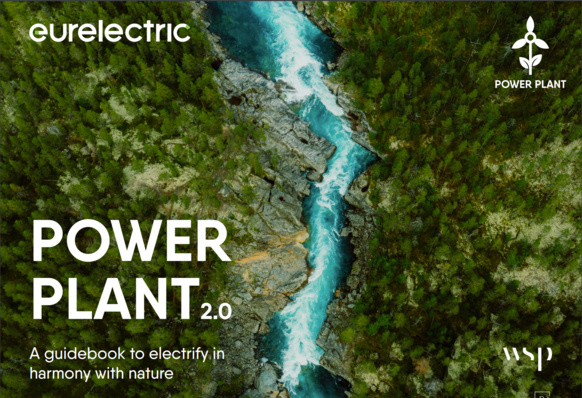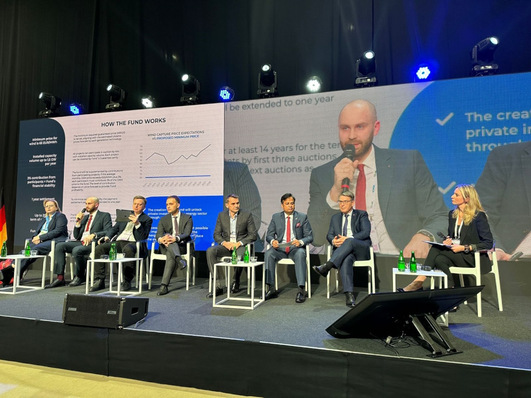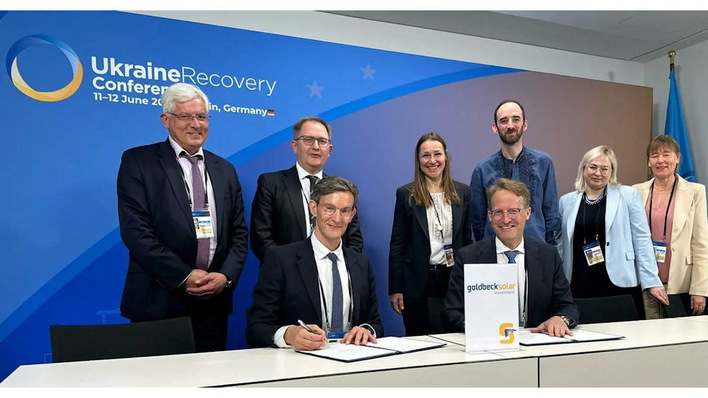“There is great potential for solar energy in Africa. Nowadays the cost of solar power can easily compete with electricity obtained through conventional methods (oil, gas and coal). In order to guarantee a constant supply of electricity, a well-functioning electrical grid is essential as photovoltaic panels only produce electricity during daytime. If the power supply is unreliable, which is the case in Africa, diesel generators or batteries are used. Batteries, however, are costly. Government funds are lacking to improve the grid.
Permanent power supply areas
Creating so-called “permanent power supply areas” (PPSA) could be a temporary measure to improve the situation.To implement PPSAs, certain conditions need to be met: An effective cooperation with the present power supplier (usually the national utility) to use the grid and around the clock power supply e.g. diesel- or gas generators or hydro stations. PPSA can be developed gradually, starting with a small base.
Incentives to save energy
Where electricity supply is scarce, consumption needs to be carefully monitored and displayed to control consumption. Large power requirements, e.g. for air condition, increase the price of electricity for all consumers. In order to create awareness for the individual electricity consumption, meters with comprehensible displays should be installed in homes and companies. Appling a progressive tariff, i.e. a price per kWh that increases with consumption, creates an incentive for consumers to save electricity. Excess solar electricity, fed to the grid, reduces the energy bill and saves money.
PV saves higher energy cost of Diesel generators
Diesel generators are not popular. Hence, energy sources are needed that produce enough power for the night. And they are needed now, not in the remote future. One big engine could substitute many small generators with low efficiency and without emission control. Affordable solar power will save higher energy cost of Diesel generators.
PV needs a functioning public grid
Solar power needs a functioning public grid. The alternative would be off-grid solar systems with batteries. But this alternative is expensive. A core element of the model is the use of multifunction electricity meters. For low-budget costumers, the existing prepaid card meters could be upgraded by a modified chip which the requirements mentioned below. For higher loads a newly developed multi-function electricity meter could be used which implements the functions mentioned below.
Strengthen consumer awareness
A progressive tariff structure for electricity is needed with an affordable price for the poor (low consumption) and higher prices for increasing consumption. The price for households with high consumption should be higher than the generating cost of solar power. Necessary is also a display in the house that shows the present consumption in Watts. This would help a consumer to become aware of the electricity consumption and save energy. An in-built GSM connection has to be integrated to read the consumption, to update the software and to send information as well as commands to the customer. A remote switch off device is required, which helps to reduce the consumption in case the public grid is overloaded or the customer has not paid the bill.
Feed excess power in the grid
To pay enough is the most effective way to encourage the use of solar power. Excess solar power is fed to grid via a two-way meter, thereby reducing the energy bill. The generating cost of solar power is of the order of 10 ct/kWh and replaces costly power from a Diesel generator. For solar- and wind farms a feed-in tariff in needed which is high enough to generate a decent return on investment.
Next necessary steps
The above mentioned electricity meters are under development. Prepaid meters need an update for the implementation of a progressive tariff and a display. They will be used for costumers with low power demand and without bank account. The Public Utility has a good chance to remain the general power supplier, as they dispose of a power supply capacity of about 7 GW with relatively low generating cost (hydro power). But they would also need new electricity meters and a progressive tariff for the customers. A group of private persons, organizations or cooperatives, might want to go forward and install autonomous Permanent Power Supply Areas that don’t suffer from grid failures.
Future development
Nowadays, solar parks can produce solar power for less than 8 ct/kWh in Germany. In the United Arab Emirates (UAE), a price of 3 ct/ kWh was achieved in a tender. Wind power can be produced for <4 ct/kWh in good coastal areas. Wind is important for night-time power supply. Nowadays, wind and solar power is cheaper than energy from new conventional power plants which use oil, gas, or coal. But for the time being, fossil energy sources are still needed for backup. To save electricity is also an essential part of the energy transformation. The efficiency of electric devices are improving. LEDs can save at least 50% of the energy for lighting. The thermal insulation of buildings can reduce the use of air condition. Consumption meters and data loggers help to find “energy leaks”. To reduce peak load and avoid grid failure, electric equipment with high consumption, e.g. air condition, could be switched off by remote control. Also, a high price of electricity at peak hours would help”, Vollert stresses. (HCN)
Related news:







